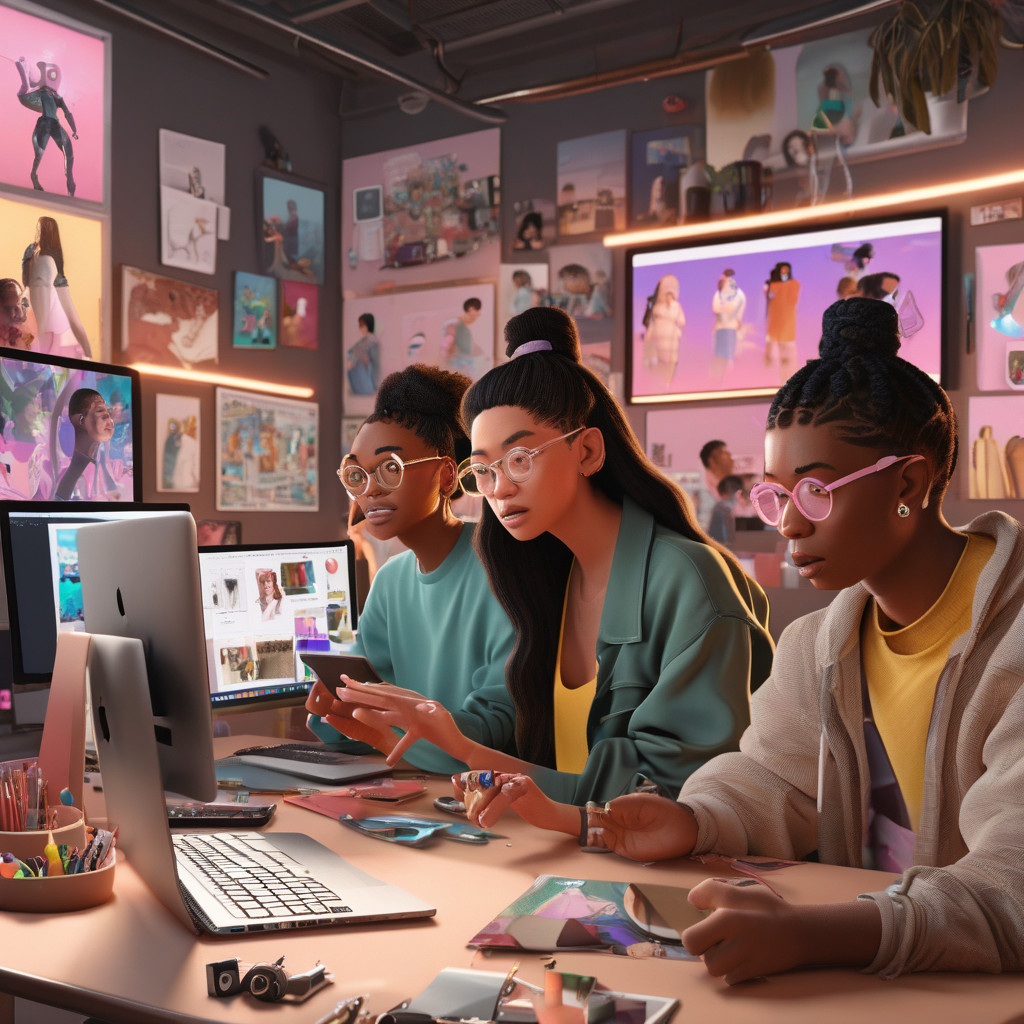In a move that has stirred up the tech world, Meta, the parent company of Facebook and Instagram, has set its sights on luring content creators away from rival platforms like TikTok. This strategic initiative aims to draw in creators who have been thriving on other apps by offering them new opportunities within the Meta ecosystem.
The recent plan launched by Meta signals a shift towards strengthening its position in the competitive landscape of social media. By targeting creators who have built substantial followings on platforms such as TikTok, Meta aims to diversify its content offerings and attract a wider audience base. This approach not only expands Meta’s content library but also provides creators with additional avenues to showcase their talents and reach new audiences.
One of the key motivations behind Meta’s poaching of TikTok creators is the desire to capitalize on the popularity and creativity that these individuals bring to the table. By enticing established creators to join its platform, Meta can leverage their existing fan base and unique content styles to enhance the overall user experience for its audience. This strategic move allows Meta to tap into the diverse talents of creators across different platforms, driving innovation and engagement within its ecosystem.
Moreover, for content creators, the opportunity to partner with Meta presents a chance to explore new horizons and collaborate with a tech giant known for its innovation and reach. By joining forces with Meta, creators can access advanced tools, resources, and monetization options that may not be available on other platforms. This partnership opens up new possibilities for creators to expand their influence, connect with a broader audience, and take their content creation journey to the next level.
However, while Meta’s efforts to poach TikTok creators may offer enticing prospects, creators must carefully weigh the pros and cons of such a transition. Moving to a new platform involves adapting to different algorithms, audience demographics, and content formats, which can pose challenges for creators accustomed to the dynamics of their current platform. Additionally, creators must consider the potential impact on their existing fan base and engagement metrics when making the decision to switch platforms.
In conclusion, Meta’s strategic move to poach TikTok creators underscores the fierce competition in the social media landscape and the company’s commitment to expanding its content offerings. By attracting top talent from rival platforms, Meta aims to enrich its platform with diverse content and innovative creators, ultimately enhancing the user experience for its global audience. As this trend continues to unfold, content creators will face pivotal decisions about their digital presence and the opportunities that lie ahead in an ever-evolving social media ecosystem.

